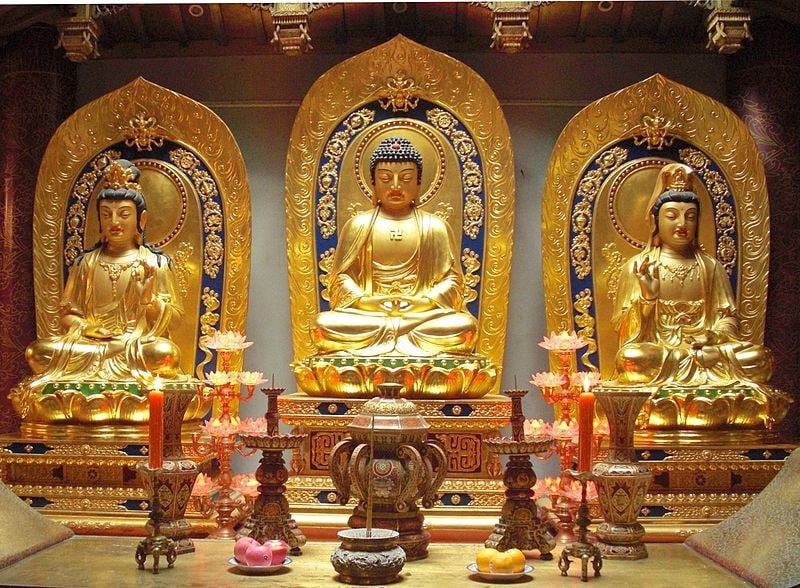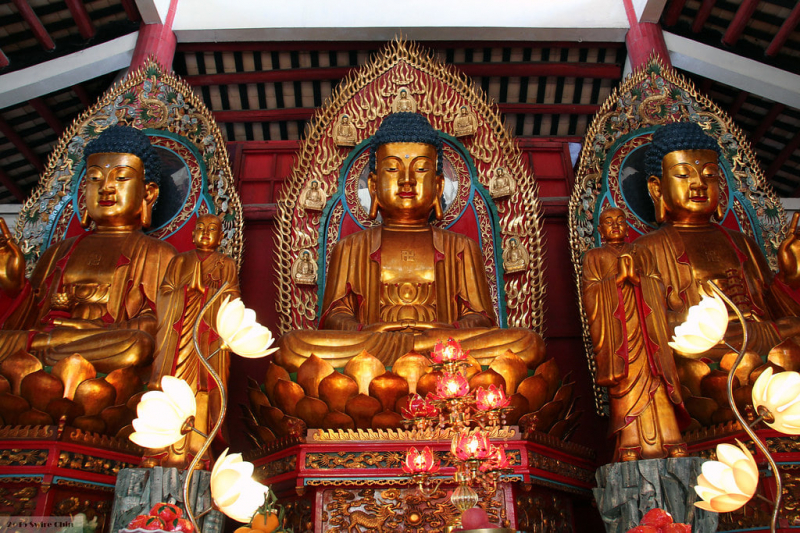The existence of other Buddhas

Are there other Buddhas?
In line with Buddhist tradition, the existence of other Buddhas is acknowledged, although Siddhartha Gautama, widely recognized as the historical Buddha, holds prominent recognition. The notion of numerous Buddhas forms an integral component of Buddhist cosmology and convictions, representing enlightened beings who have realized the same profound truths as Siddhartha Gautama.
In Buddhist thought, there are three main types of Buddhas:
- Samyaksambuddhas: These are enlightened beings who achieve awakening independently, without the need for external guidance. They rediscover the fundamental truths of the Dharma and compassionately share their insights with others, guiding them toward their enlightenment. Siddhartha Gautama exemplifies a Samyaksambuddha.
- Paccekabuddhas: Often referred to as "Solitary Realizers," these enlightened beings achieve awakening independently, yet they do not actively propagate the Dharma to others. They attain enlightenment during periods when no Samyaksambuddha is teaching profound truths.
- Bodhisattva Buddhas: These are beings who aspire to attain Buddhahood for the benefit of all sentient beings. They follow the path of a Bodhisattva, practicing compassion and accumulating merit through multiple lifetimes before finally achieving enlightenment and becoming a Samyaksambuddha.
Notably, the notion of multiple Buddhas harmonizes with cyclical time and the belief that enlightened beings emerge cyclically to lead others toward liberation. These additional Buddhas hold reverence and serve as sources of inspiration for practitioners as they embark on their paths of spiritual awakening.











